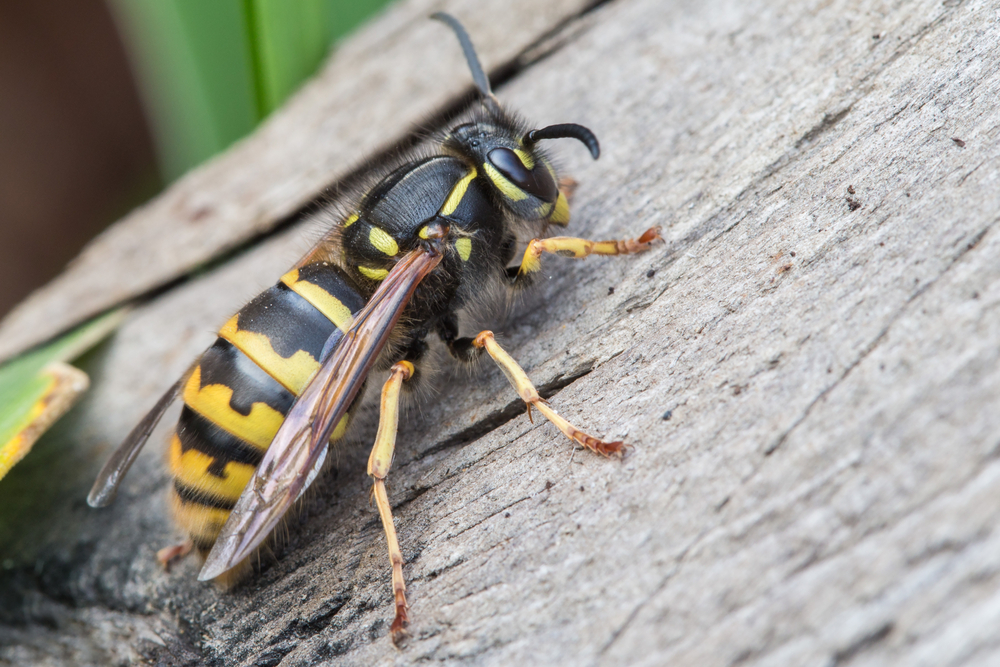If wasps are swarming your garden this summer, one expert has shared a simple DIY trap that could help.
Others are reading now
Gardener Michael Griffiths, who’s also a beekeeper and ambassador for Dobbies Garden Centres, explained how to make a wasp trap that’s effective and safe for bees.
Wasps: A Summer Nuisance with a Sting

Wasps are particularly active in August and September when their colonies reach peak size.
While they play an important ecological role as predators and pollinators, their tendency to hover around sweet food and drinks can make them a nuisance and even a danger during outdoor gatherings.
A Delicate Balance: Protecting Bees from Harm
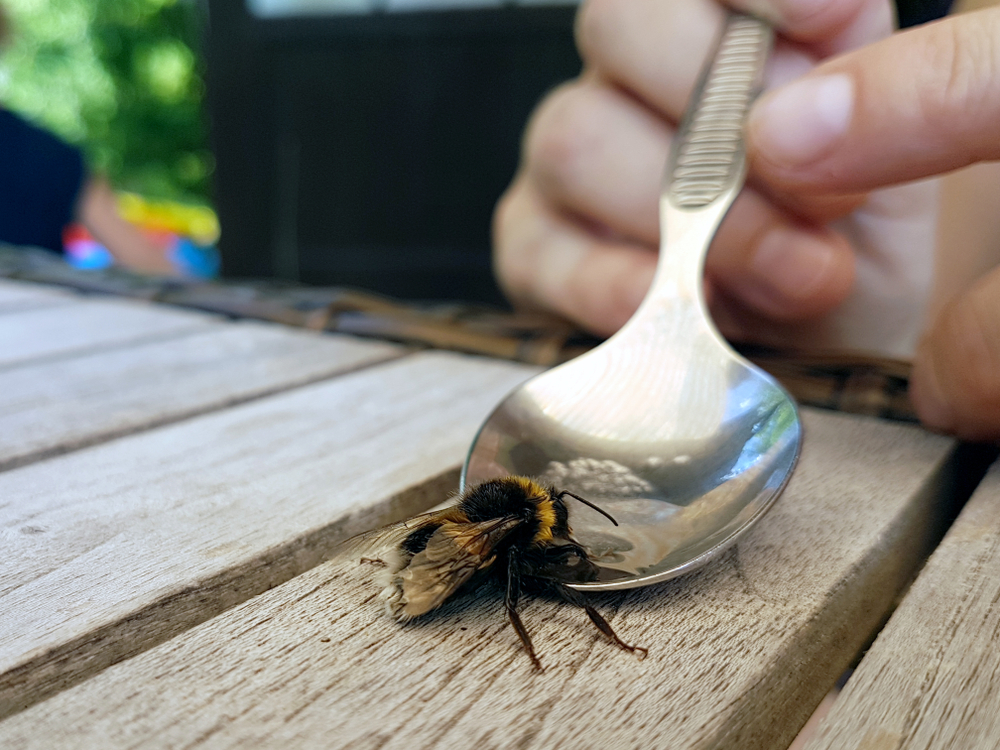
Griffiths cautioned that while wasps serve a purpose in the garden, they can also pose a threat to bee populations.
“You can lose colonies of bees to wasps robbing hives or eating the bees at this time of year,” he shared on Instagram. That’s why he recommends using a trap that won’t attract bees but helps reduce wasp numbers where needed.
Also read
The Wasp Trap Ingredients You’ll Need
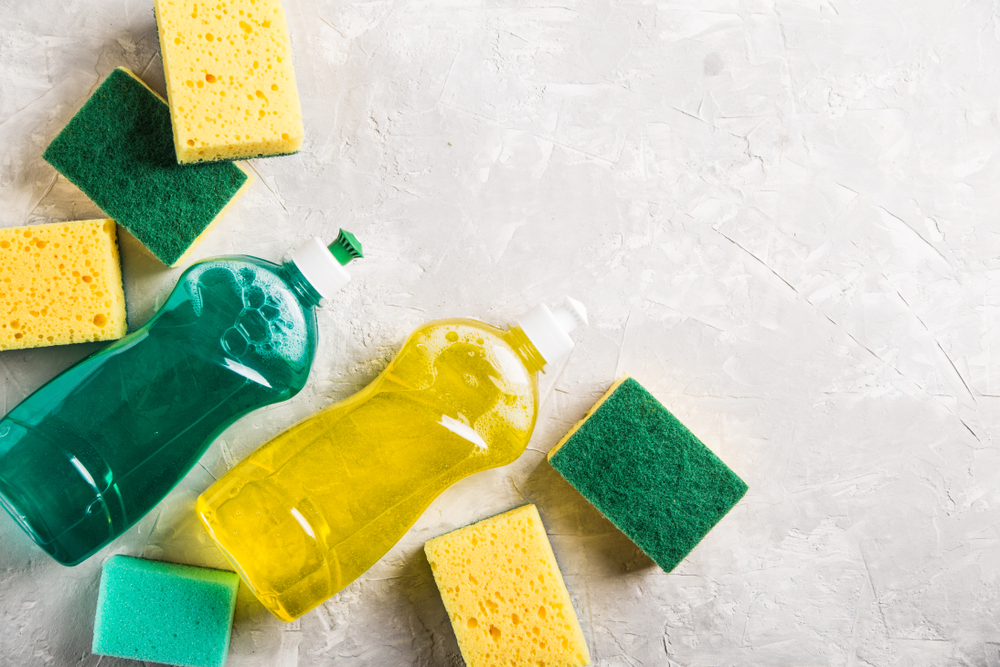
To build the trap, Griffiths uses just four simple ingredients:
- Half a cup of water
- Half a cup of apple cider vinegar
- Half a cup of sugar
- A few drops of washing-up liquid
These ingredients combine to lure in wasps without drawing in bees, thanks to their distinct scent and taste profiles.
Step-by-Step DIY Trap Assembly
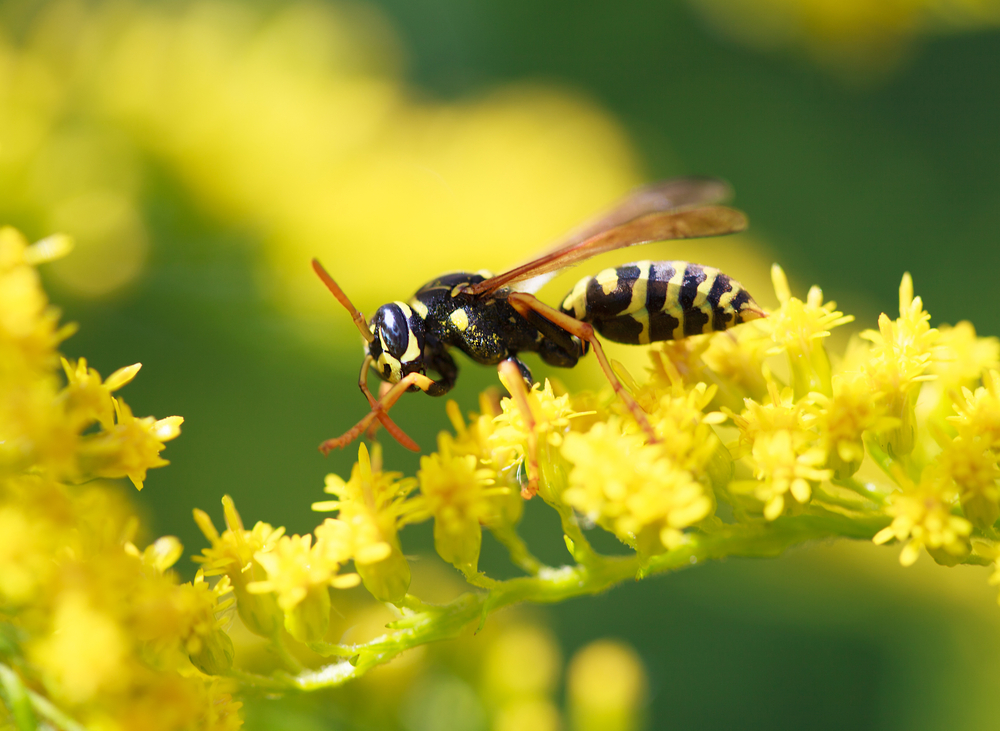
Griffiths begins by cutting the top off a large plastic bottle. He flips the cut section upside down to create a funnel and places it back into the base. Then he pours in the liquid mixture and stirs.
The funnel ensures that once wasps enter, they struggle to escape. He adds string to the trap so it can be hung near problem areas in the garden.
Strategic Placement for Maximum Impact
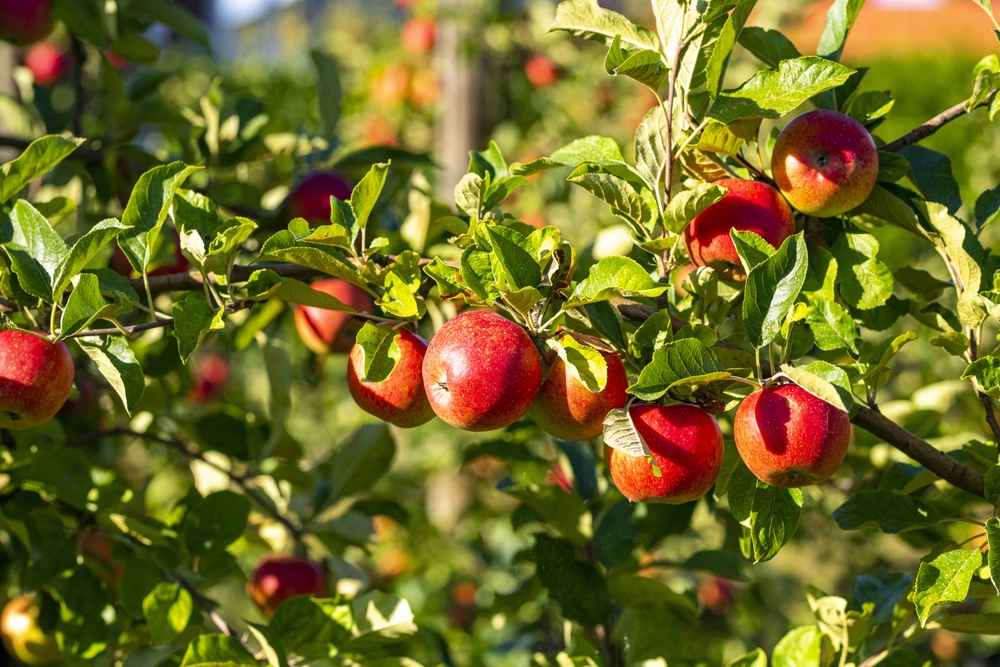
The trap should be placed wherever wasps are most active, whether near a fruit tree, compost bin, or picnic table.
Also read
Griffiths recommends securing the funnel in place to avoid spillage and checking regularly to see if it needs refilling or replacing.
Why It Works – And Why It’s Bee-Safe
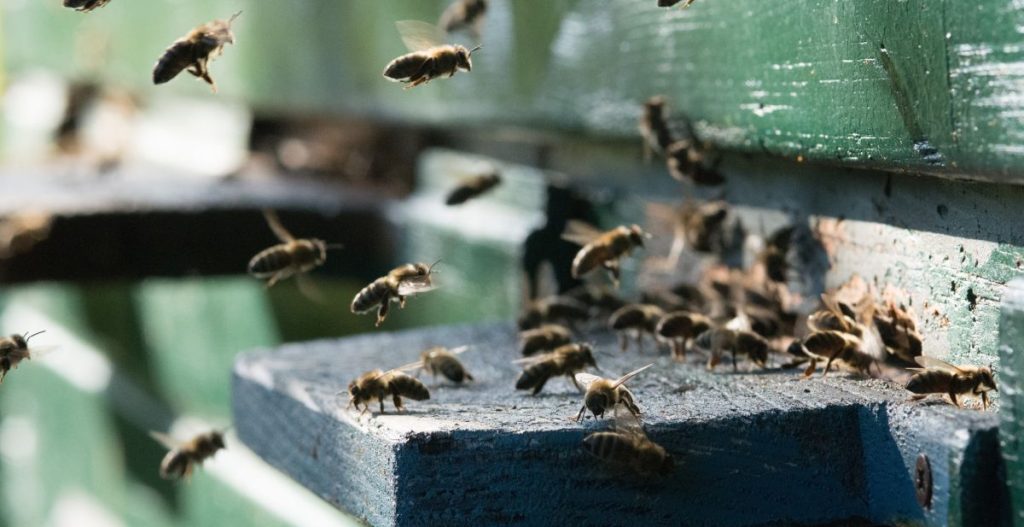
The combination of vinegar and sugar draws in wasps, while the washing-up liquid breaks the surface tension of the water, causing them to sink once they land.
Bees, on the other hand, aren’t as attracted to the mix, making it a more targeted solution.
Expert Advice: Leave Wasps Alone If You Can
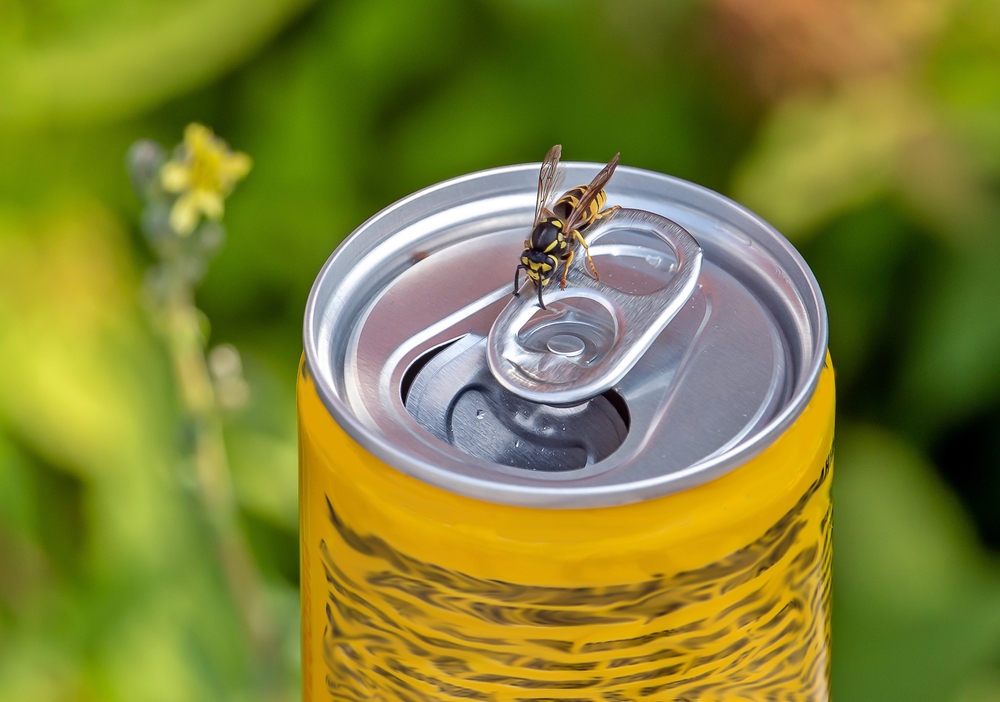
Despite the trap’s effectiveness, Griffiths urges caution. “Where possible wasps should be left alone and treated as the beneficial predators and pollinators they are,” he advised.
He considers the trap a last resort for times when wasps are overwhelming or threatening bee colonies.
Also read
Viral Success: Millions Tune In for the Tip
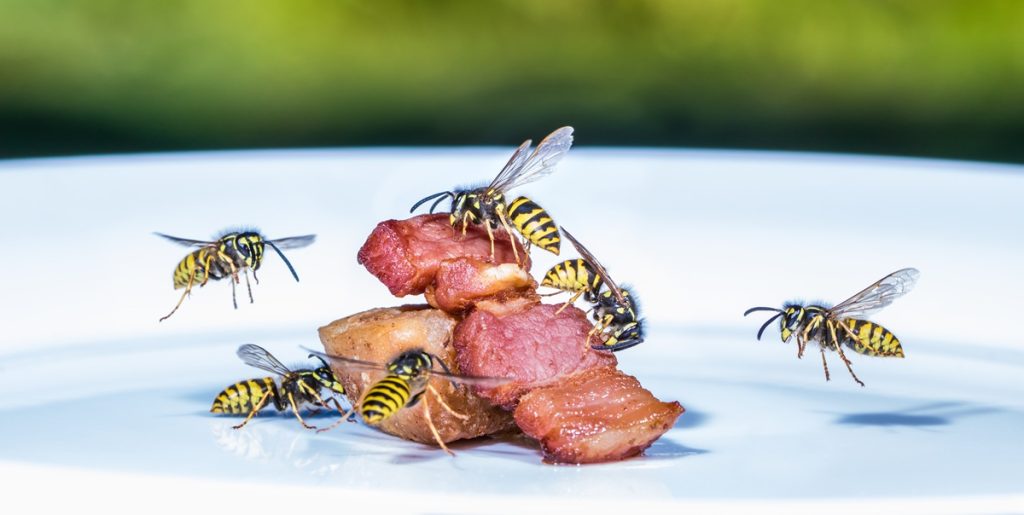
Griffiths’ wasp trap tutorial has captured attention online, amassing over 2.2 million views on Instagram.
Many commenters expressed surprise at the threat wasps pose to bees, while others shared their own deterrent methods – like using deli meat to lure wasps away from seating areas.

